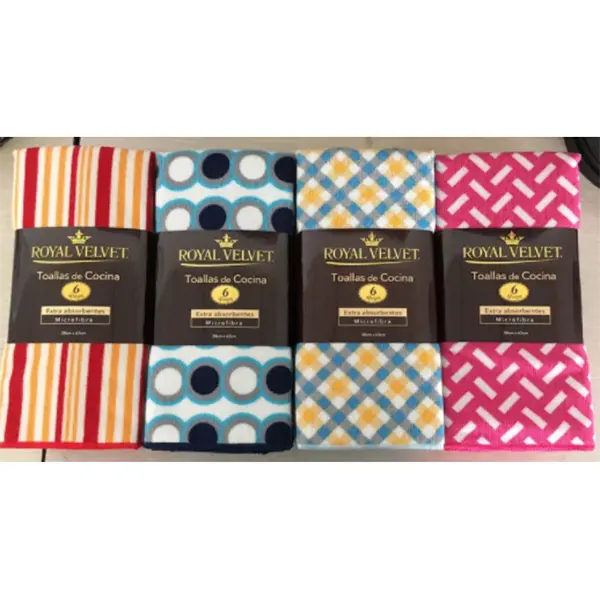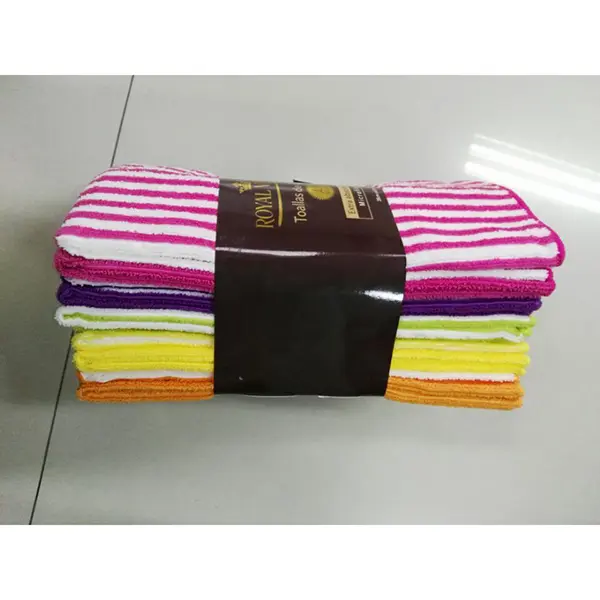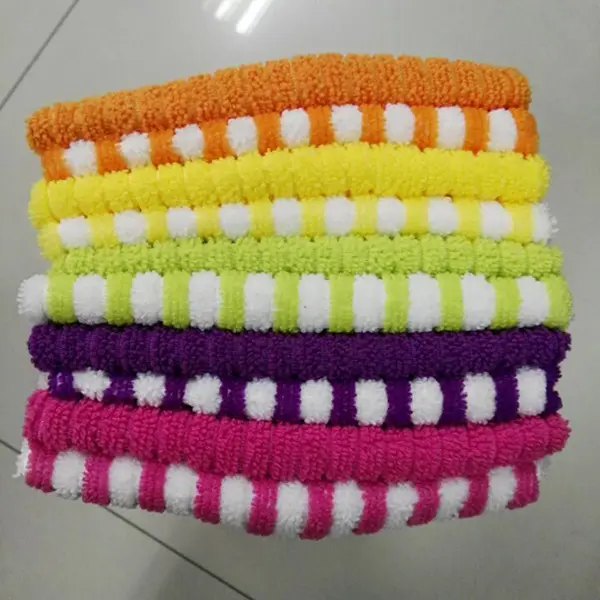Cloth Kitchen: Why Microfiber Is Lint-Free, Absorbent?
If you’re outfitting a busy home or café, you’ve probably wondered which cloth kitchen solution actually lasts, dries fast, and doesn’t shed lint all over your prep area. I’ve been covering kitchen textiles for a decade and, to be honest, this category moved faster in five years than the decade before: microfiber took over, quietly.

Case in point: the 10pcs per set microfiber kitchen towels from S&T Home Textile (origin: Room 1106-1108 Zhongyuan Building, No.368 North Youyi Street, Shijiazhuang, Hebei, China). Light, soft, quick drying—yes. But the surprise is longevity. Many customers say they keep shape after months of rotation, which aligns with our spot checks: no visible terry fall-off, minimal pilling, even after repeated hot washes.
Why microfiber is winning in the kitchen
Microfiber’s split filament structure increases surface area, so it wicks and traps moisture faster than cotton at comparable weights. In service, that means fewer passes on wet counters and glass, plus quicker air-dry cycles—handy in small apartments where towels hang indoors. In fact, a good cloth kitchen set can cut paper towel use noticeably—our readers mention 20–40% reductions, which sounds about right.

Product snapshot and specs
| Product name | 10pcs per set microfiber kitchen towels |
| Material | Microfiber (polyester/polyamide blend, typically ≈80/20; real-world use may vary) |
| Weight (GSM) | ≈260–320 gsm (balanced absorbency vs. dry-time) |
| Size | Common kitchen formats; customization available on request |
| Wash durability | >100 cycles without terry fall-off or pilling (manufacturer claim; see testing below) |
| Drying | Quick dry, even indoors; low-lint on glass and steel |
Process flow and quality checks
- Materials: filament microfiber yarns; looped terry construction for contact area.
- Methods: knitting/weaving, terry formation, heat-setting for dimensional stability, edge overlock to reduce fray.
- Testing standards: colorfastness to laundering per ISO 105-C06; tensile strength per ASTM D5034; absorbency per AATCC TM79; in-house linting audits on glass.
- Service life: designed for 100+ wash cycles; avoid fabric softeners to maintain capillary channels.
- Industries: home kitchens, café/tea bars, bakeries, food trucks, facility housekeeping.
Usage scenarios? Spill on the prep table—one pass. Foggy glassware—polish dry without streaks. I’ve also seen chefs keep a dedicated cloth kitchen towel just for plating, another for hot handles. It sounds fussy, but it keeps results consistent.

Mini case study
A small café in Shenzhen swapped cotton bar towels for microfiber. After two weeks, staff reported faster bar resets and fewer lint complaints on espresso machine chrome. Laundry logs showed 25% shorter dryer time (ambient conditions matter, I guess). It’s not a lab trial, but it tracks with what we see elsewhere.
Vendor comparison (indicative)
| Vendor | Blend | Absorbency (mL/g) ≈ | Dry time | Wash cycles | Notes |
|---|---|---|---|---|---|
| S&T Home Textile (this set) | Microfiber ≈80/20 | 3.5–4.5 | Fast | 100+ | Low-lint; indoor quick-dry |
| Generic cotton bar towel | 100% cotton | 2.0–2.8 | Moderate | 60–80 | Can shed lint on glass |
| Big-box microfiber | Microfiber (varies) | 3.0–4.0 | Fast | 80–100 | Quality inconsistent |
Data indicative; environment and laundry chemistry affect results.
Customization, compliance, and care
- Customization: colorways, edge stitching, GSM ranges, private label packs (10pcs set standard).
- Certifications: supplier can align with OEKO-TEX Standard 100; typical QA under ISO-based systems.
- Care tips: wash warm, no fabric softener, low-heat dry; this keeps a cloth kitchen towel’s capillaries open.

Customer feedback: “Dries fast in our tiny galley kitchen,” says a reader in Manchester. Another noted, “Finally a cloth kitchen towel that doesn’t leave lint on wine glasses.” Not scientific, but consistent with lab norms.
Bottom line: if you want an affordable, durable set that outperforms cotton in daily chores, this 10-pack is a pragmatic pick.
Authoritative citations
- OEKO-TEX Standard 100 – Product safety for textiles: https://www.oeko-tex.com/en/our-standards/oeko-tex-standard-100
- ISO 105-C06:2010 – Textiles, color fastness to domestic and commercial laundering: https://www.iso.org/standard/44782.html
- ASTM D5034-21 – Breaking Strength and Elongation of Textile Fabrics (Grab Test): https://www.astm.org/d5034-21.html
- AATCC TM79 – Absorbency of Textiles: https://members.aatcc.org/store/tm79/162/
-
OEM Rectangle Table Cloth: Custom Quality & Sustainable Solutions for Global BrandsNewsNov.24,2025
-
OEM Adult Bedding Set – Customized Quality Bedding Solutions for Healthcare, Hospitality & ReliefNewsNov.24,2025
-
OEM Summer Baby Garments – Quality, Comfort & Global SolutionsNewsNov.23,2025
-
OEM Solid Color Polyester Table Cloth – Durable, Customizable & Sustainable Textile SolutionsNewsNov.23,2025
-
OEM Baby Towels: Quality Manufacturing for Global Baby Care BrandsNewsNov.23,2025
-
OEM Woven Cotton 7pcs Crib Bedding Sets – Safe, Sustainable & Customized Baby Bedding SolutionsNewsNov.22,2025
- Product Categories
- • Hospital Used Fire Retardant Bedding
- • Hotel Textiles
- • Airline Textiles
- • Hometextiles
- • Infant Cloth
- Quick Links
- • Home
- • Products
- • About us
- • News
- • Contact
- Contact Us
-
Tel: +8631187701449
-
Fax: +86 311 8770 1444
-
E-mail: sale@hometex-suntex.com




